As architects, trends play an important role in design work. While clients coming to you usually want a design that is unique, they will no doubt be influenced by the features they see in magazines and in their friend’s homes, as well as their own needs and desires (that change with the times).
2000 years ago, pyramids were all the rage. In the 60s there was a lot of natural material, whereas by the 80s more synthetic “space age” materials were used. When the television became a common household feature, the design of living spaces shifted to make the box the focal point of the room (instead of a fireplace or other feature).
And now, our modern lives impact the design of our homes, and this has created some unique trends in architecture and design. How many of these trends have you spotted in your recent architectural projects?
1. The open-plan space goes mainstream
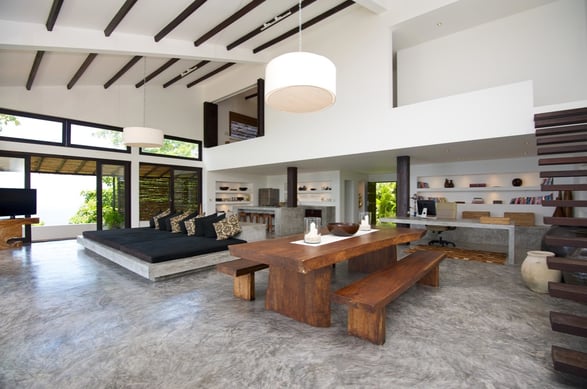
Open-plan spaces are all about connectivity and interaction. To me, this is an exciting trend, as it shows a desire of people to be more connected to their family and friends. The main rooms in the home become communal activity areas, with many different things going on all at once. They can make a home seem much more friendly and welcoming.
People are returning to the idea of entertaining at home, and more families are coming together for activities like board games and movie nights. Busy parents want to be able to keep tabs on the kids while they prepare dinner and do the other chores.
2. Multiple master suites
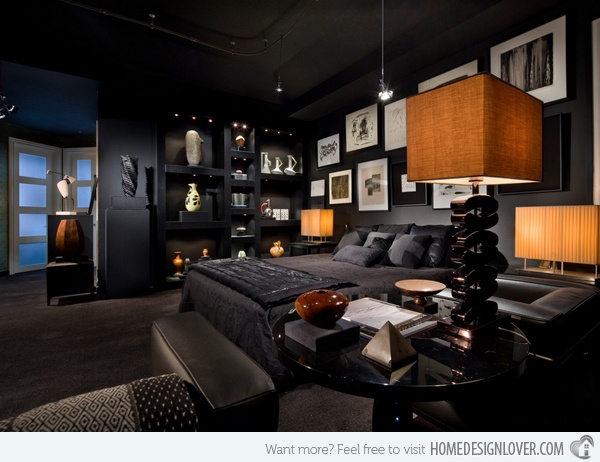
As real estate prices in many cities are rising much faster than wages, more and more young families are finding themselves unable to afford to live and save for a first home. Likewise, retirees are also finding it difficult to get into the housing ladder.
This gives rise to the multi-generational home: where more than one generation live under the same roof for an extended period of time. Also, friends might share a house in order to afford real estate in a desirable area.
Sharing a home with other adults can help you save money for a deposit, manage monthly expenses, and stay in a desirable area when house prices fluctuate. Having two master suites gives both adult families private space while enabling them to share resources under the same roof.
3. Off-the-shelf plans
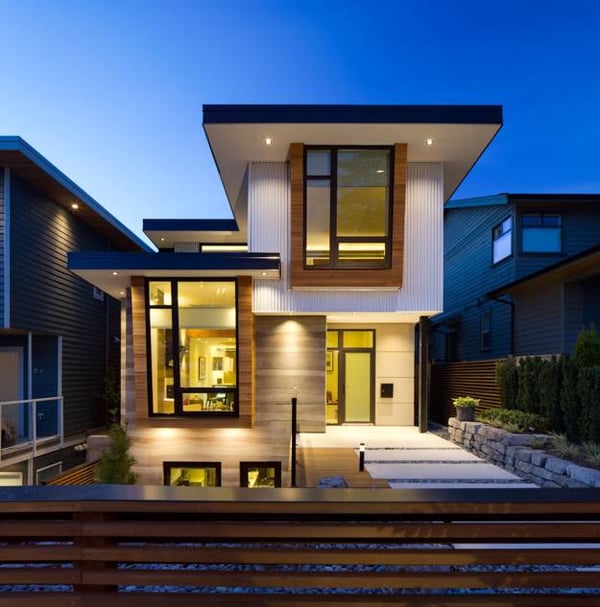
Completely bespoke design is becoming rare in residential architecture. It seems people who are building a new home want something architecturally interesting, but they prefer to rely on a “tried-and-tested” plan they can choose from a book. Often, these plans can be tweaked and altered to suit the client’s unique needs.
Housing developments and off-the-shelf plans simplify the process and often offer a streamlined approval process for local council, meaning the client gets a home quicker and cheaper. As an architect, this means you might find yourself designing these types of homes more and more, while your bespoke designs will be for increasingly high-end clients.
4. Freestanding baths
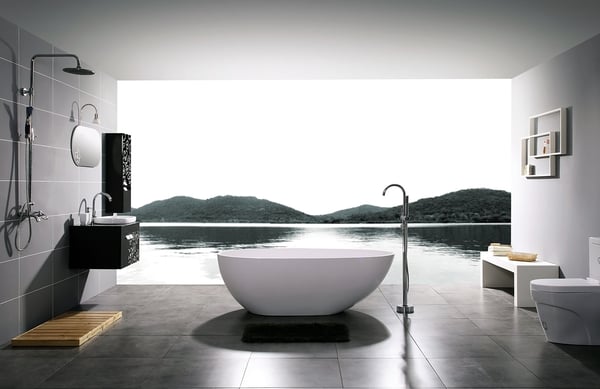
When it comes to creating a beautiful bathroom, it used to be all about the choice of tile. But now, the bath is becoming the focal point of the bathroom space. I think people are designing their bathrooms to be quiet, relaxing spaces, a haven from the hustle-bustle of daily life. And the bath is a huge part of that.
Baths are becoming more sculptural in form, so they look more like art installations than tubs for bathing. My personal favourites are square stone tubs that look hewn from the earth itself like some kind of ancient lustral basin.
5. Charging stations
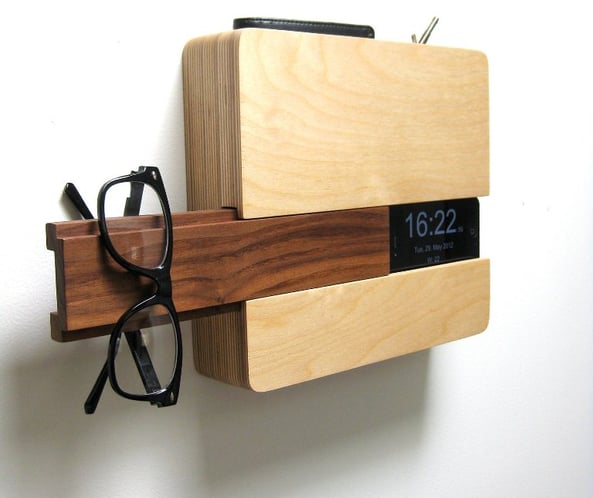
Gone are the days of the home office tucked away in a forgotten bedroom. Now, with more people than ever working from home and areas for work and play are blurred together, people are just as likely to sort their emails from their laptop on the couch or from their phone in the bathroom.
With an increasing array of devices and media hubs, a static office doesn’t work any more. Now, people are designing charging stations throughout the home - areas where devices can be stored, charged and used.
6. Sustainable Homes
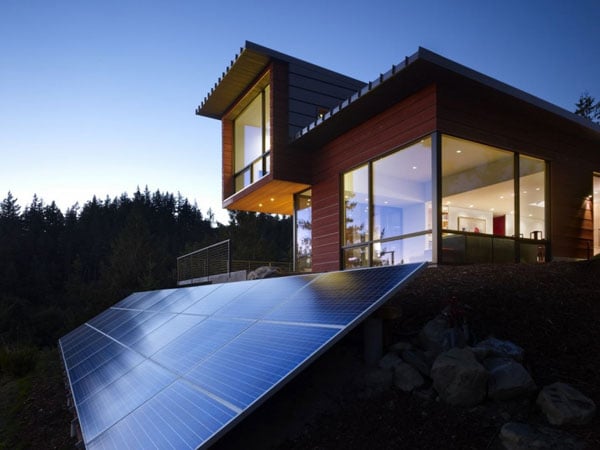
We all know the home of the future is self-sufficient - either a self-contained unit able to generate it’s own power, or part of a community that shares resources at a local level. Many people are looking to the future and installing technology to create sustainable environments within their homes. Sustainability has been a growing trend for the last ten years, and it shows no signs of going away.
Don’t be surprised if you’re increasingly required to work on passive design, add in infrastructure for solar arrays, and make adjustments for increasingly sophisticated eco-technology (such as the new Tesla batteries).
7. Tricked-out sheds, rec rooms and “man caves”.
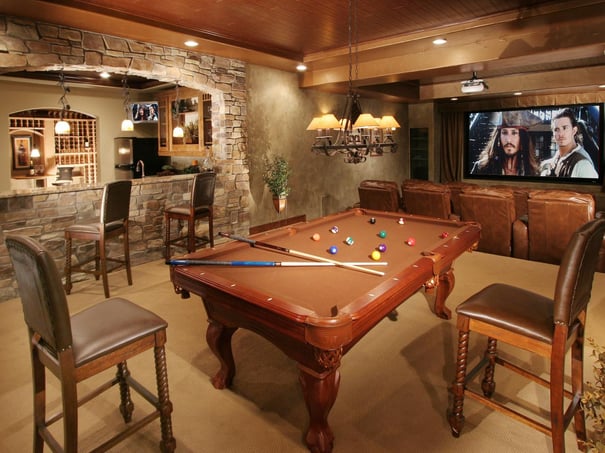
Let me say right now that I hate the term ‘man cave’. Why does it have to be a space delineated by gender? Maybe I, as a woman, are just as keen to hang out in a star-trek themed movie room?
However, love the term or not, man caves are more popular than ever. Many clients use these rooms to let their creativity run free, as they are often a space to be enjoyed by family and close friends. As spaces for clients to indulge in their chosen hobbies, man caves often include architectural challenges, such as an extra wide roofspan to accommodate boats or planes, or - as in the case in my own home - a soundproofed music studio.
8. Quiet spaces
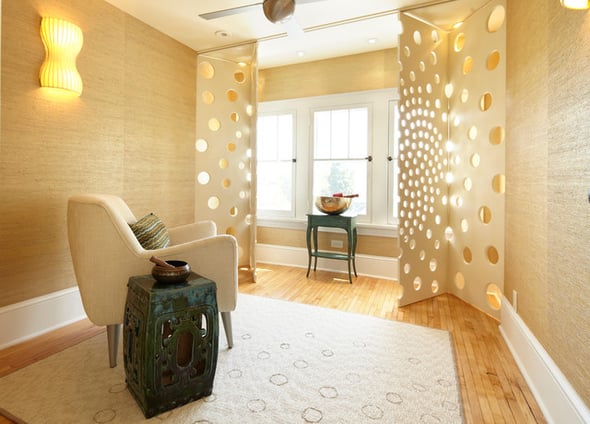
Whether they be the classic “library” room with a fireplace and hardwood shelves stacked high with books (which is what I’m building in my own home), or a room for yoga / meditation, people are craving a space in their home that isn’t filled with enormous televisions or clutter.
Quiet spaces can often be inserted into tricky corners as a way to “fill out” unoccupied space in a complex plan. They may include complex architectural elements like enormous skylights, internal courtyards and indoor gardens.
9. Clever storage
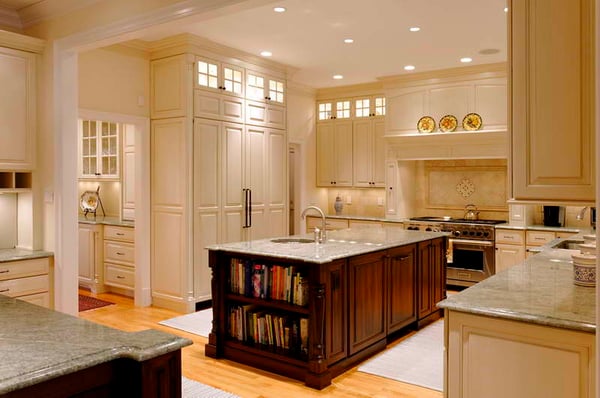
“A place for everything, and everything in its place.” Never has this phrase been more true than now, and it has become especially important as the average family burdens themselves with increasing amounts of stuff. From camping equipment to bicycle repairs, from toys to board games, from designer clothing to model train sets, the modern home has a custom-designed inbuilt storage solution for everything.
In particular, the kitchen has become a space for entertaining, so clutter has been moved from the cupboards and benchtops into a separate pantry space - often including prep-stations, sinks, and even a second oven.
10. Uber tech
Always losing your front door key? No worries, now all you need is your thumbprint to operate your entire security system. How James Bond is that? Worried about germs in your bathroom? You can install self-sterilising door handles. My father - a builder - recently completed a house where the kitchen cupboards were all programmed. So if you want to make pancakes, you hit “31” on the keypad (the preprogrammed number for pancakes), and the drawers containing the pan, bowl, whisk, and pancake ingredients would open.
There’s no limit to the amount of uber-tech that can be installed in a home these days. As an architect, expect to receive increasing requests for new and fascinating technology to be built into home design.
And there you have it - 10 trends that are marking the future of residential architectural design. Of course, as an architect, you don’t have to blindly follow the trends, and you may find that local trends supercede these, but it does help to be aware of them, as trends reflect the desires of the market over time. What trends have you noticed in your own residential design clients?
All images from houzz






